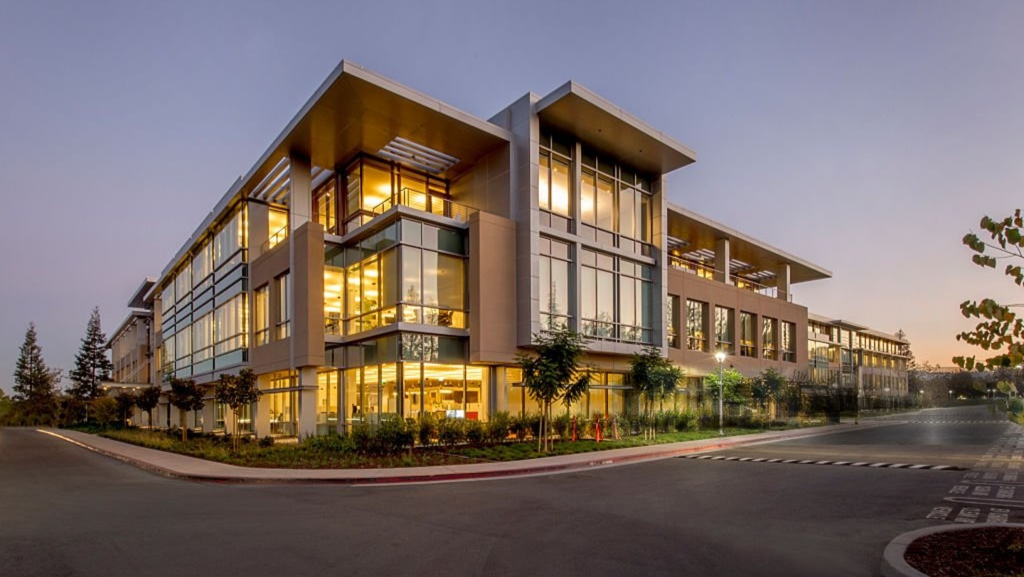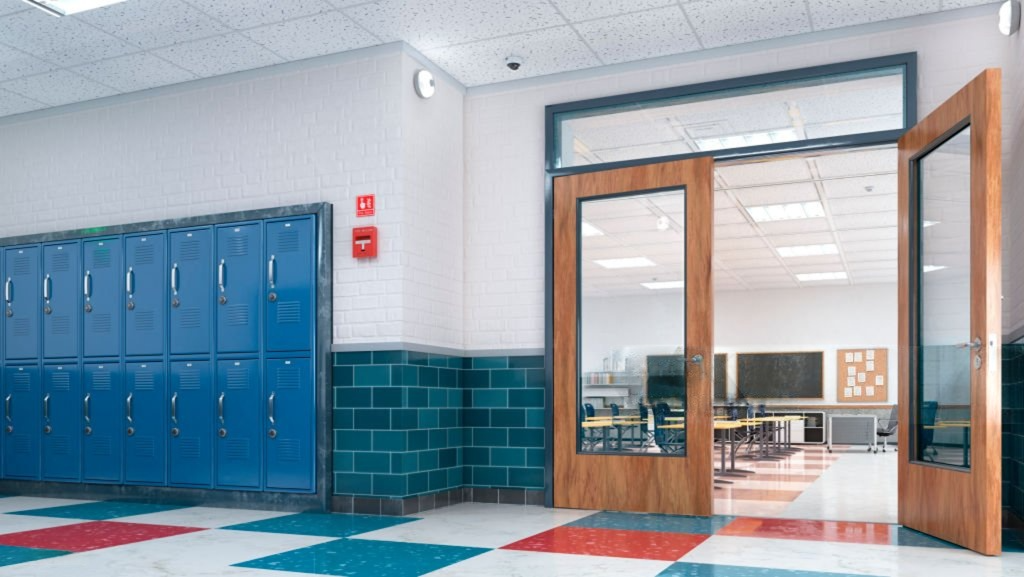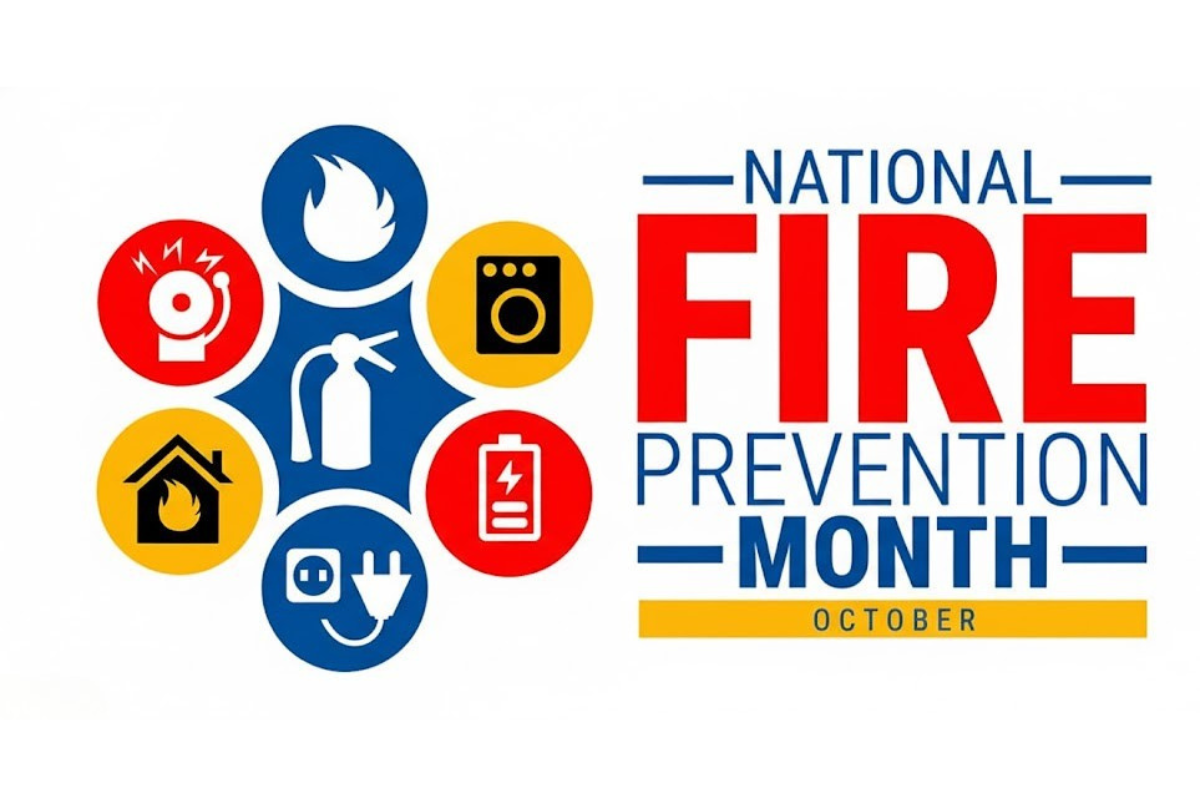Advanced Fire Protection Systems: How Modern Technology Enhances Safety
| Category | Standard Fire Detection Systems | Advanced Fire Detection Systems |
|---|---|---|
| Detection Types | Basic smoke and heat detectors | Smoke, heat, and flame detectors with multi-sensor capabilities |
| Smoke Detectors | Ionization and photoelectric detectors | Air-sampling smoke detectors, beam detectors, spot detectors |
| Heat Detectors | Fixed-temperature and rate-of-rise detectors | Rate-compensated, line-type heat detectors |
| Flame Detectors | Not commonly included | Infrared/Ultraviolet (IR/UV) flame detectors |
| Alarm System | Basic fire alarm control panels | Integrated, addressable control panels with digital interfaces |
| Notification | Audible and visual alerts (horns, strobes) | Multi-zone notification, voice alarms, and customizable signals |
| Remote Monitoring | Limited or no remote monitoring | Central station or internet-based remote monitoring |
| Manual Call Points | Standard pull stations | Integrated with addressable systems for precise location reporting |
| Automatic Suppression | Typically sprinkler systems | Integrated with automatic suppression systems like gas, foam, or dry chemical systems |
| System Control Functions | Limited to alarm activation | HVAC shutdown, elevator recall, door release functions |
| Battery Backup | Basic battery backup for limited time | Extended backup time with advanced battery management |
| Data Analytics | Not generally available | Event logging, analytics, and predictive maintenance features |
| Environmental Sensitivity | Basic calibration | Environment-sensitive adjustments (smoke stratification, air movement) |
How Modern Technology Enhances Safety
Modern fire safety technology integrates advanced detection and response systems to enhance fire life safety across diverse environments. The table below outlines various innovations—from multi-sensor detectors to environmental sensitivity features—illustrating how each technology improves reliability, minimizes false alarms, and ensures rapid response. By combining intelligent detection, remote monitoring, and automatic suppression, these systems provide comprehensive protection, supporting safer buildings and effective fire management.
| Technology | Description | How It Enhances Safety |
|---|---|---|
| Multi-Sensor Detectors | Combines smoke, heat, and flame detection in one device | Reduces false alarms and increases detection accuracy, identifying fires in various environments quickly. |
| Air-Sampling Smoke Detectors | Continuously samples air for smoke particles | Detects fires at an early stage, even before visible smoke, allowing more time for evacuation and response. |
| Addressable Control Panels | Identifies the specific location of an activated detector | Enables faster emergency response by pinpointing the exact area of the fire. |
| Remote Monitoring | Connects to a central station or remote monitoring platform | Provides 24/7 supervision and immediate response capabilities, even when no one is on-site. |
| Integrated Suppression Systems | Combines detection with automatic fire suppression, such as sprinklers or gas systems | Initiates suppression instantly upon detection, controlling fires faster and minimizing damage. |
| Event Logging & Analytics | Records every alert, alarm, and event in the system | Allows for data-driven insights, helping to improve system performance and reduce potential risks through predictive maintenance. |
| Flame Detectors | Detects flames using infrared and ultraviolet sensors | Ideal for high-risk environments, detecting fire even without visible smoke or heat, enhancing early intervention. |
| Multi-Zone Notification Systems | Notifies specific zones within a building instead of the entire structure | Prevents unnecessary panic, allows controlled evacuations, and ensures only affected areas are alerted. |
| Advanced Heat Detectors | Monitors sudden temperature changes and adjusts to environmental fluctuations | Ensures accurate detection in areas with varying temperatures, improving reliability in diverse conditions. |
| Mobile Alerts & Communication | Sends notifications to mobile devices for quick updates on system status and emergencies | Increases response speed by directly alerting responsible personnel, enabling faster decision-making and intervention. |
| Manual Call Points | Allows manual activation of the alarm by building occupants | Ensures human-initiated alerts for fires not detected by the system, enhancing overall safety. |
| Automatic Suppression Systems | Integrates with alarms to release water, gas, or foam-based suppression automatically | Contains or extinguishes fires immediately upon detection, reducing spread and potential damage. |
| Battery Backup | Provides power to the fire detection system during outages | Ensures the system remains operational during power failures, maintaining continuous protection. |
| Data Analytics | Analyzes fire system data for patterns and performance trends | Improves system effectiveness by identifying areas for maintenance or upgrades based on data insights. |
| Environmental Sensitivity | Adjusts detection thresholds based on the surrounding environment | Reduces false alarms in areas with dust, humidity, or high airflow, ensuring accuracy in diverse conditions. |
How Testing Advanced Fire Systems Helps in Fire Protection
- Detects Malfunctions Early: Regular testing identifies any system faults, ensuring each component works properly before an emergency arises.
- Ensures System Readiness: Testing confirms all detectors and alarms activate promptly, preparing the system for real-life fire scenarios.
- Improves Reliability: Periodic testing maintains the system’s reliability, reducing the risk of false alarms or missed detections.
- Verifies Coverage: Testing ensures that detectors are strategically placed and functioning, covering all necessary areas effectively.
- Checks Battery Backup: Ensures that backup power sources, like batteries, are fully charged to maintain functionality during power outages.
- Validates Response Speed: Testing shows how fast the system responds to fire signatures, helping reduce the time to alert occupants.
- Prevents Costly Repairs: Identifying small issues early avoids larger, more expensive repairs and system downtime.
- Enhances Occupant Safety: A tested system provides confidence that alarms will sound, and evacuation protocols will be effective during an emergency.
- Complies with Regulations: Regular testing ensures compliance with safety standards, preventing legal issues and potential fines.
- Optimizes Maintenance: Testing reveals which components need repairs or replacement, keeping maintenance targeted and efficient.
Don’t you know how to fire-protect your business? No need to worry. Our number is 866-757-8378 or Contact Us We are ready here to help you.










